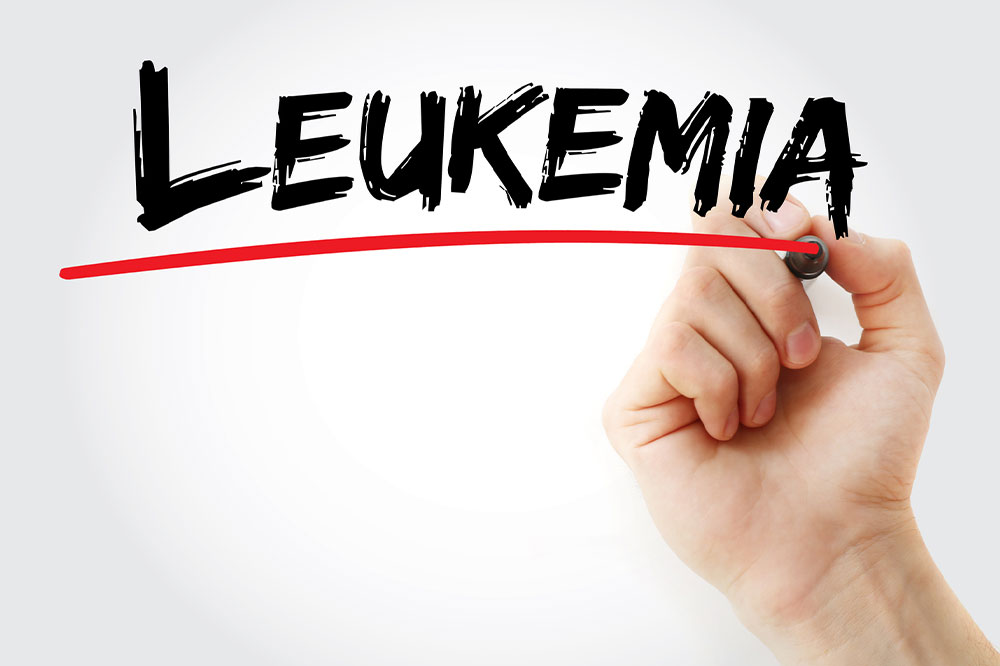
Leukemia – Its causes, types, symptoms, and management
The type of cancer that targets the blood-forming cells is called leukemia. Usually, the white blood cells (WBCs) present in the bone marrow are affected. These cells play a vital role in the immune response of the body. In leukemia, abnormal cells that multiply uncontrollably replace normal marrow cells.
What causes leukemia, and who is at risk?
There are no known causes for this ailment; however, it has been found that when there are changes in the DNA or genetic material of the bone marrow, the risk of developing this disease increases. The risk of getting this type of cancer also increases with age, as it is commonly diagnosed in those over the age of 60.
Types of leukemia
There are several types of leukemia, and they are classified as chronic or acute based on their progress and development in the body.
- ALL or Acute Lymphocytic Leukemia
This type of leukemia begins in the bone marrow, which is where blood cells are produced. Studies have revealed that this type is more common in children than adults. - AML or Acute Myeloid Leukemia
This type is generally diagnosed in older adults and is a type of fast-growing cancer. - CML or Chronic Myeloid Leukemia
Only about 10 percent of leukemia cases diagnosed are of this type. It most often affects the blood-forming cells present in the bone marrow, which then spreads to the blood. - CMML or Chronic Myelomonocytic Leukemia
This type of chronic leukemia is generally detected in older adults, and it spreads slowly. It can get worse if not treated on time. - CLL or Chronic Lymphocytic Leukemia
It is probably the most common of all types and is usually diagnosed in older adults. It targets the white blood cells in the bone marrow and spreads from there.
Symptoms of leukemia
Several signs could be indicators of this condition. However, it should be noted that in the case of acute cancer, the signs tend to show up rapidly, while in chronic types, signs and symptoms are slow to appear. Some of the commonly found signs of this condition are weakness and feeling fatigued. When these become a regular occurrence, it is a sign that something is wrong with the body. Fever, chills, and seizures are also among the common indicators of a health issue. Weight loss that occurs without any change in diet or physical activity, night sweats, and headaches are also some of the signs that patients with this condition have reported. Vomiting and confusion have also been observed in a few cases. Bleeding or bruising very easily, nosebleeds that occur very frequently, the appearance of petechiae, which are tiny red spots on the skin, and pain or tenderness in the bones are a few symptoms that point toward this condition.
Treatment for leukemia
There are several treatment options available for treating cancer, and this is true for leukemia as well. However, the type of treatment can differ from person to person since it is based on several factors such as age and overall health conditions.
- Chemotherapy
It is probably one of the most common treatment options for cancer. This option involves destroying cancer cells in the body through chemicals. This option can work alone or along with other treatment methods. - Radiation therapy
In radiation therapy, high-intensity light rays or beams are used to kill the cancerous cells in the body. Not only does the process focus on killing the cancer cells, but it also prevents them from growing again. There are several factors that doctors consider before treating cancer with radiation. - Targeted therapy
This particular treatment option involves the use of certain chemicals on a particular area or part of the body. These aim to attack and destroy specific cancer cells in the body. They do not cause any harm to the other normal cells.
Leukemia is a common form of cancer nowadays. With proper knowledge and attentiveness, one can take good care of their body. Advancement in the field of medical science has given several lines of treatments to help people deal with this ailment. The help and care provided by healthcare institutions are generally not restricted only to treating cancer. Patients who have recovered are also closely monitored to prevent further complications or relapse.




